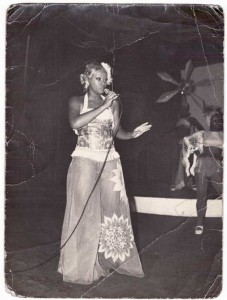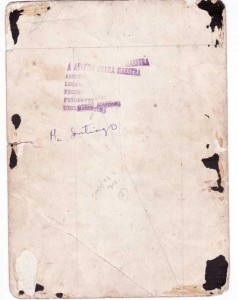by Dr Kristine Juncker
Here at ILAS, we are preparing for the second offering of the workshop ‘Bringing the Archives Home’. We will be presenting the workshop here in the Senate House Library in conjunction with colleagues from the British Library and the Warburg Institute.
As a result, you can find me this week sorting through my digital image files and trying to determine which of these provide the best examples of what to do (and what not to do) as we bravely forge ahead with digital technologies in the realms of research, writing and public presentation.
For my presentation, Confessions of a photographic historian in the age of digitisation, I will be talking about my research in Havana, Cuba that resulted in my doctoral dissertation (with 80 images) and my first book (with 50 images) that is coming out this summer. From 2002 to 2004 in Cuba, I spent two years wearing a giant backpack that, on alternation, carried two cameras, three different lenses,٭ a large camera flash attachment, a collapsible light reflector, two square metres of a neutral gray cloth, a tripod, and, sometimes, a big old laptop and a scanner. It’s no wonder my back sometimes hurt at the time! (Pilates and yoga really help!)
I had the opportunity to work in a number of different types of archival situations, including: different types of museum collections, Cuba’s national library and archive, official archives dedicated to single, prominent individuals, and informal family archives situated in household closets, cupboards and drawers. The technical aspects of my prior and accidental training were key for this work; fortunately, during graduate school, I had worked part time in a slide library as it underwent digital conversion. However, I suspect that the project was also a bit of finesse. At his point, let’s say this also took two parts naive bravery, one part refusal to stop smiling, and a significant pinch of ethical considerations that I will also discuss during my presentation.
ILAS and I are excited to spend the day with workshop attendees delving into both the technical details and broader issues of digitisation.
The damage to the image is significant and indicates regular handling of the image.
The stamp “Archivo Sierra Maestra” indicates the photography studio from which Veronika Garcia acquired the image. She has also written “Mi Santiago”, or “My Santiago” on the back indicating the significance of the image. Moreover, remnants of black paper indicate the image used to be in an album that Veronika Garcia continually redid in order to present her background to employers.




Recent Comments